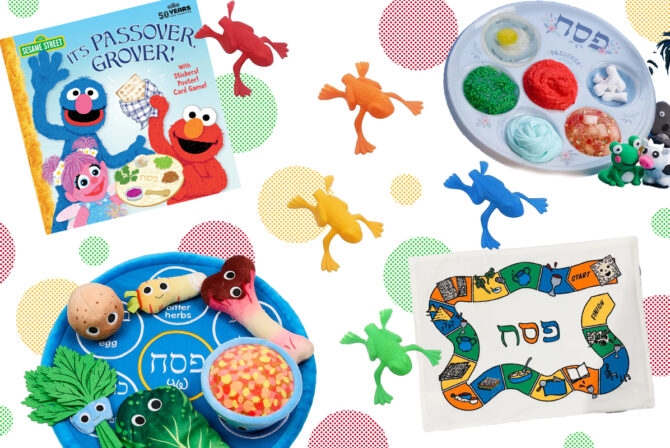My 6-year-old son lost his first tooth a couple weeks ago. It was so exciting, yet scary, as so many new things tend to be. There was blood. He wanted to know where the blood came from, if it was OK or bad.
“Blood travels through your body and helps keep you healthy,” I explained. He nodded seriously.
“What about da Toof Fairy?” my son lisped. “Is she going to come take my toof?” Yes. “What does she do with them?” he inquired. “Does she put them in her own mouth?” No. He nodded again in approval. “But how big is she? Is she going to touch me? How will she get in my room?”
So many questions! I am not a big believer in lying to children, although, like most of us, I may tell a little one from time to time. We are Jewish, so there is no conundrum of Santa Claus or the Easter Bunny (although the media has convinced my Jewish Day School-attending children that both ARE real). But the Tooth Fairy is one story that I kind of like. I think it is harmless and fanciful and fun. What I was not completely prepared for was how my son would process this character in context of other recent events–namely the stillbirth of my sister’s full-term baby, Sarah.
My sister lives down the road from us, with her husband and two children. We had been happily anticipating the birth of her third child just a few months ago, when an unexpected tragedy occurred. After several hours of laboring at home, her midwife came to check on her progress. There was no heartbeat. They raced to the hospital where the worst was confirmed–the full-term child who had been kicking only hours before was still. It was devastating. After a completely uneventful pregnancy, baby Sarah was stillborn. A thorough examination of her body confirmed spinal deformity and possible other internal problems that made it impossible for her to exist outside of her mother’s womb.
We told my son, Ami, and his big sister about it as simply as possible. The baby in her belly was very sick. She could not breathe. She died before she was born.
Ami was very concerned and curious. He wanted to know why she was sick, why the doctors couldn’t help her, and if all babies die. It was too late to help her. We love her very much. It is OK to be sad. It is OK to cry.
“Where is baby Sarah now?” Ami asked. She is with God in heaven. “What if she gets cold?” God will keep her safe and warm. He thought about this, considering. “With snuggly blankets?” Yes. “What does baby Sarah look like?”
I took a deep breath. This was a question I could answer definitively. With a moment’s hesitation, I pulled out the small black-and-white snapshot that my sister’s midwife had given to me after Sarah’s birth and death. This is baby Sarah.
“Oh,” my son furrowed his brow. “Is she crying?” No honey. She is sleeping. She couldn’t breathe because she was very sick. She is dead. “Oh. And she is with God, and God is taking care of her?” Yes.
The questions of growing children are rarely easy and so often more complex than we can anticipate. Even as I spun the story of the Tooth Fairy, I realized the continuing importance of answering his very real questions with truthful answers. My son knows that babies grow in the belly and come out through the vagina, because he asked. He understands that breasts are for nursing hungry babies, because he was one himself. He also knows that God is real, because we pray to Him every night and ask that our friends and family be taken care of and blessed. And he knows that baby Sarah is no longer alive, but warm and taken care of in heaven.
But because he is 6 years old, he also thinks that the Tooth Fairy sneaks into his room, plucks the tooth out from under his pillow, and leaves him a shiny coin. And that’s OK.
Like this post? Get the best of Kveller delivered straight to your inbox.







